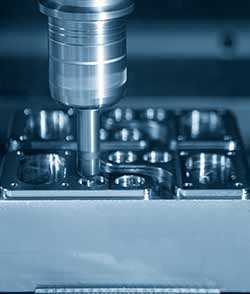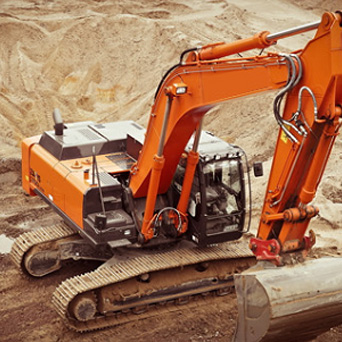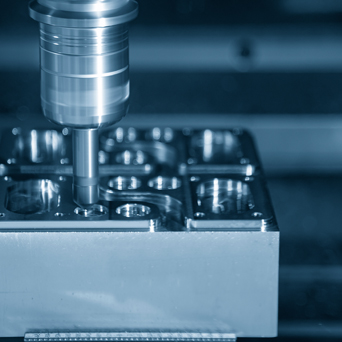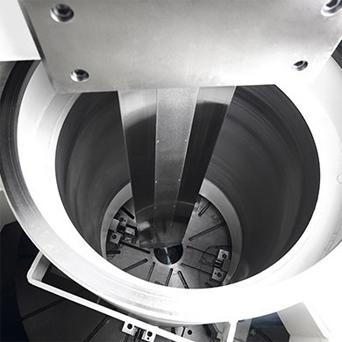Demystifying Vertical Boring Machine Parts and Functions
In the world of manufacturing, vertical boring machines have emerged as a valuable asset, streamlining the process of shaping and refining large workpieces. These impressive machines are equipped with various parts and functions that work harmoniously to deliver exceptional results. In this blog post, we will explore the essential components of a vertical boring machine and delve into their functions, highlighting the significance of each in the machining process.
The Foundation: Understanding Vertical Boring Machines
Before delving into the intricacies of vertical boring machine parts and functions, let's start with a brief overview of these machines. Also known as vertical turret lathes, vertical boring machines are primarily used for cutting, drilling, and shaping large workpieces such as engine cylinders, turbine casings, and gearboxes. They offer precise control and improved productivity, making them indispensable in various industries, including aerospace, automotive, and heavy machinery.
Exploring Vertical Boring Machine Parts
Vertical boring machines consist of several key parts that work together to achieve precise machining results. Let's uncover the purpose and functionality of each:
Base and Column:
The base and column provide a stable foundation for the vertical boring machine. These robust components ensure rigidity during operations, minimizing vibrations that could compromise the accuracy of the machining process.
Ram:
The ram is a vertically adjustable part that supports the machining tool, allowing it to move vertically along with the workpiece. It enables the operator to position the cutting tool at the desired depth, ensuring precise cutting and shaping.
Tool Head:
The tool head comprises the cutting tool and its holder. This part carries out the actual machining process by removing material from the workpiece. The head can be equipped with various cutting tools, such as boring bars, drills, and reamers, depending on the desired outcome.
Worktable:
The worktable, also known as the rotary table, holds the workpiece and rotates it during the machining process. This rotation allows for even material removal and efficient cutting. The worktable can be adjusted both horizontally and vertically, providing flexibility for different machining requirements.
Functions of Vertical Boring Machine Parts
Now that we have a clear understanding of the main parts, it's essential to highlight their respective functions:
Base and Column:
- Provides stability and rigidity to prevent vibrations during machining operations.
- Ensures accurate and precise cutting and shaping of workpieces.
Ram:
- Supports the tool head and allows vertical movement for precise positioning.
- Enables the operator to control the depth of cutting, ensuring consistent and accurate results.
Tool Head:
- Carries out the actual machining process by removing material from the workpiece.
- Offers versatility through the use of different cutting tools for various machining requirements.
Worktable:
- Holds the workpiece securely while allowing rotation for even material removal.
- Facilitates efficient cutting and shaping of large workpieces.
Vertical boring machines serve as indispensable tools in the manufacturing industry, enabling the efficient machining of large workpieces. Understanding the different parts and their functions is crucial for optimal utilization and obtaining precise results. From the rigid base and column to the versatile tool head and the rotating worktable, each component plays a vital role in achieving high-quality machining operations. By harnessing the power of vertical boring machines, manufacturers can enhance productivity and deliver exceptional end products.
-

Reduce Machine Tool Standby Time To Improve Equipment Energy Efficiency
Because of the increasing cost of energy, the energy consumption of machine tools has attracted more and more attention. By so far, the peripheral equipment and auxiliary facilities of the equipment ... -

What Need to Know When to Buy Lathe
In recent years, the rapid development of machine tool industry and a variety of machine tool brands and products leave questions to buyers, how to choose their favorite machine tool from a large numb... -

Comprehensive CNC Machining Center
The CNC machine center is a high-efficiency automated machine tool that is composed of mechanical equipment and a CNC system and is suitable for processing complex parts. The CNC machine center is cur...





